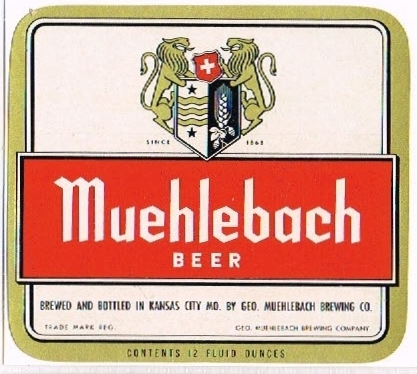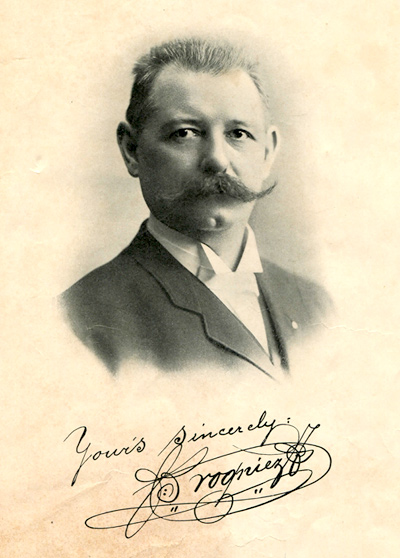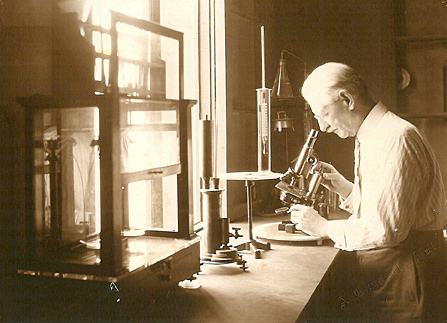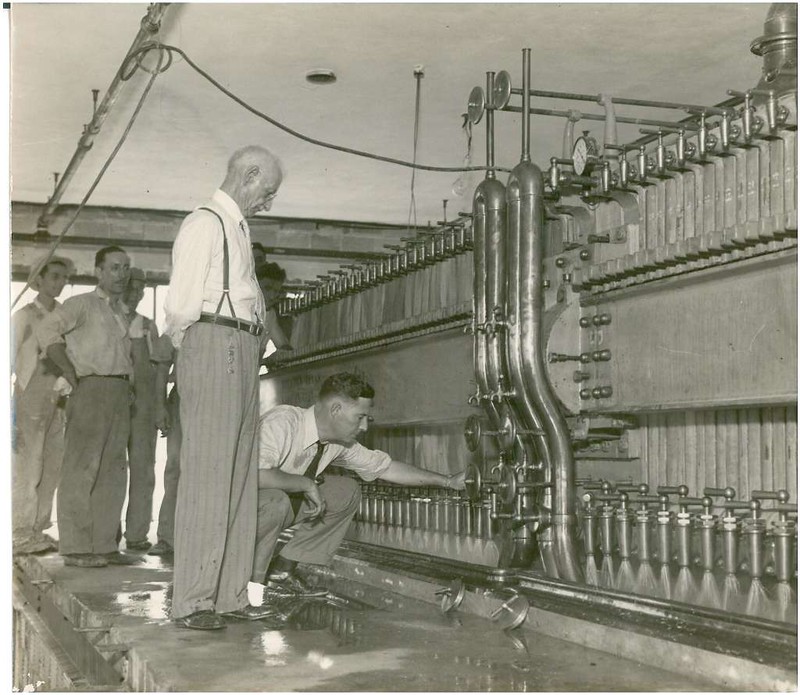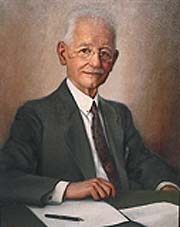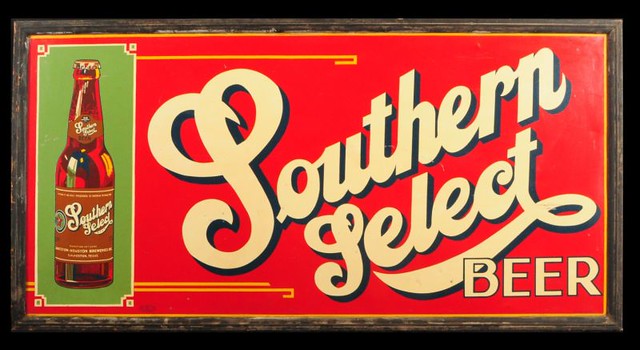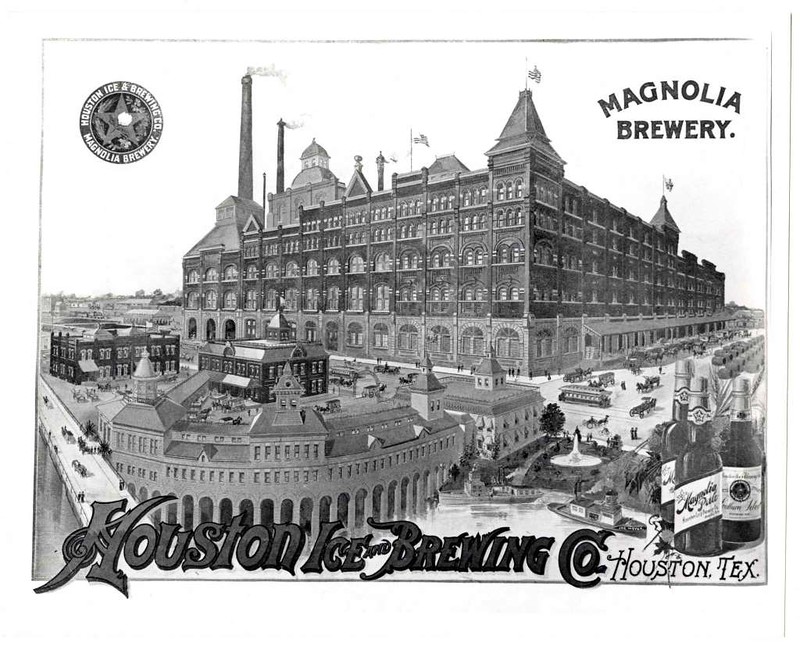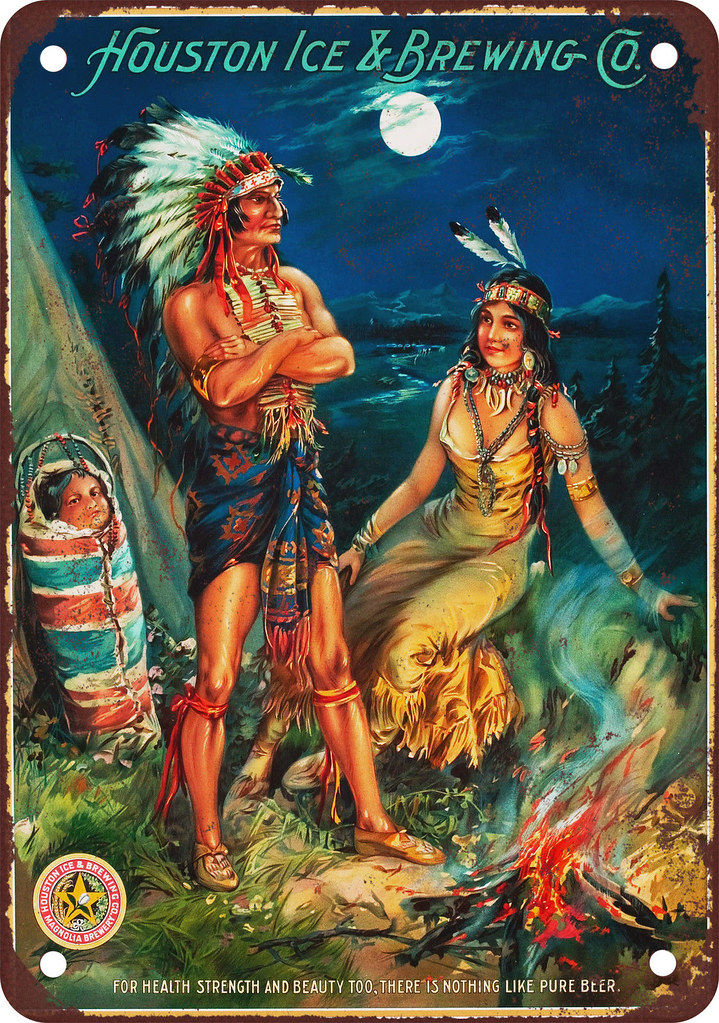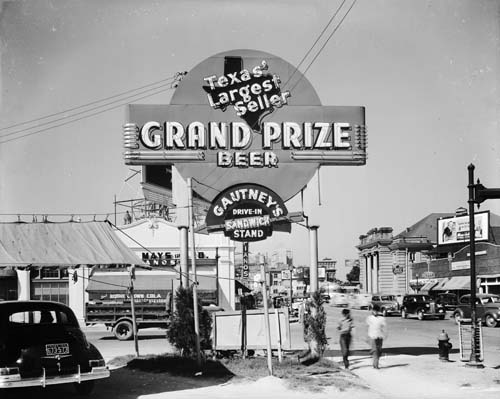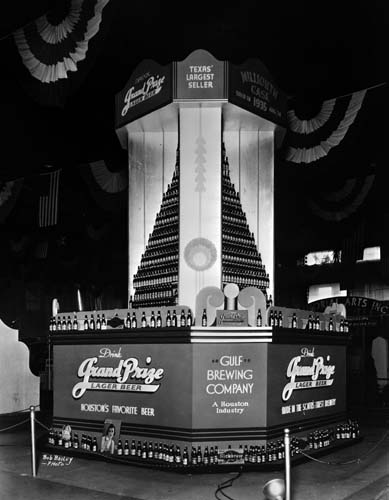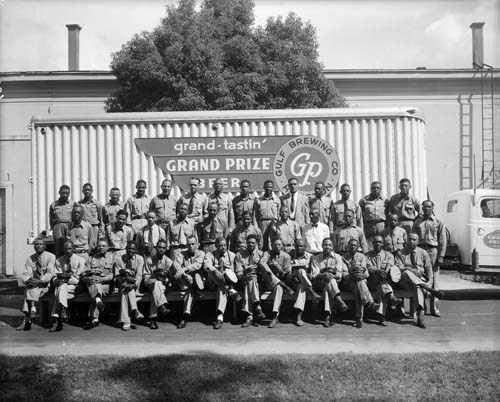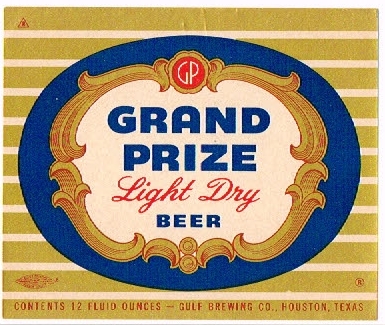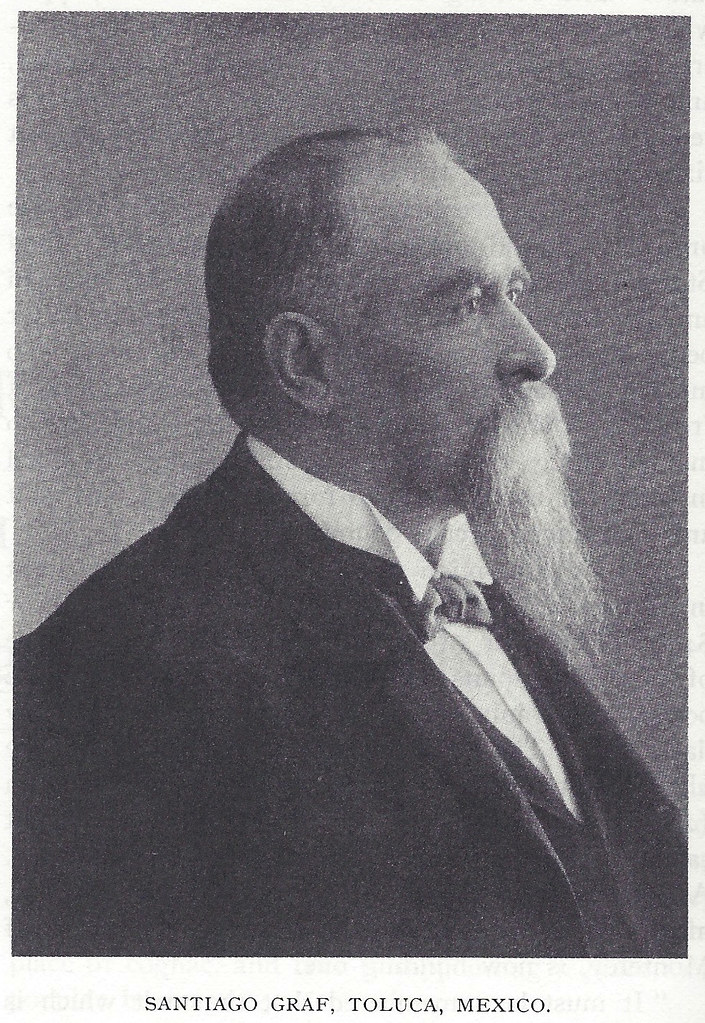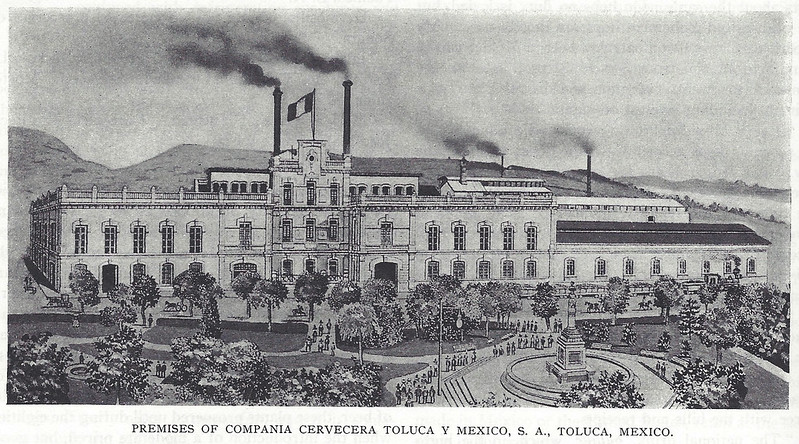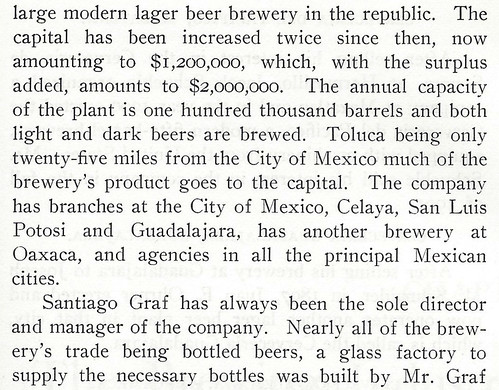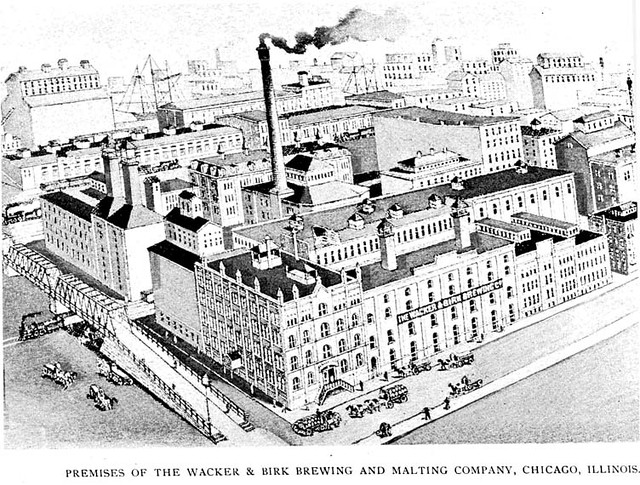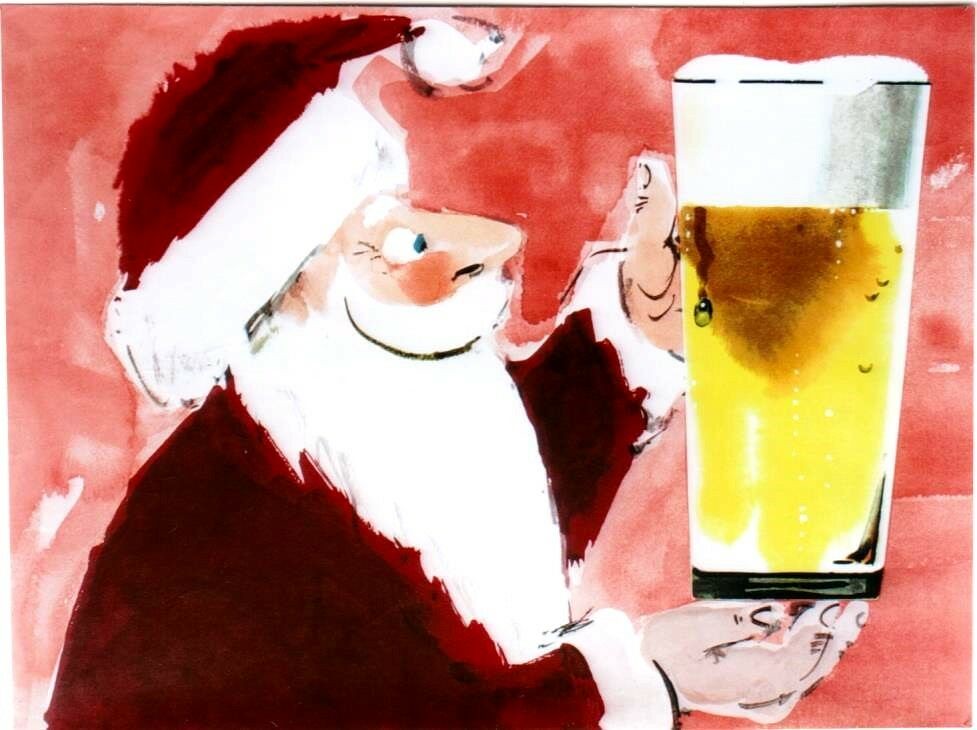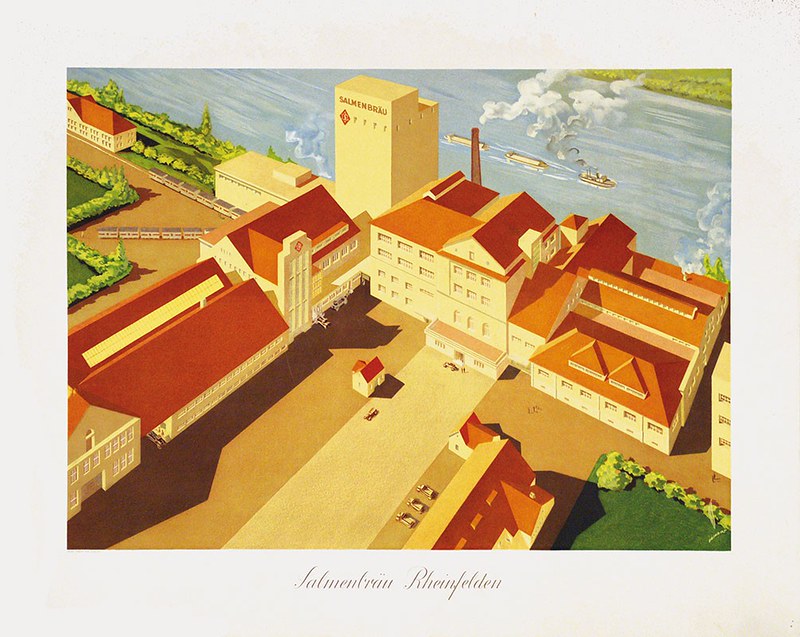
Today is the birthday of George Muehlebach (April 24, 1833-December 22, 1905). He was born in Argau, Switzerland and emigrated to the U.S. when he was 26, in 1859, along with his family, consisting of four brothers and a sister. He first moved to Indiana, but a short time later settled in Kansas City, Missouri. There, in 1868, he and his brother John bought the Main Street Brewery, which had been founded in 1866. (Although at least one account claims John bought it himself, and George just worked there, and didn’t assume full control until much later.) It continued under the original name until 1903, when it became the George Muehlebach Brewing Co. When Muehlebach died, his son George E. took over the company and it remained in business until 1956, when Schlitz bought it, and operated it until 1973, when it closed for good.

Here’s a short biography, from Find-a-Grave:
George Muehlebach immigrated to Kansas City from Switzerland in 1859 by way of Lafayette, Indiana. In Kansas City, he founded The George Muehlebach Brewing Company, which became one of the most prominent businesses in Kansas City by the turn of the 20th century. The Swiss Cross was to be part of the logo for all their beers. In 1869, he bought the Main Street Brewery from George Hierbe at the northwest corner of 18th and Main Streets, which later became the site of the TWA Building. In 1880, he razed the original brewery and replaced it with a “Beer Castle” built in Romanesque style with a mansard-roofed tower.
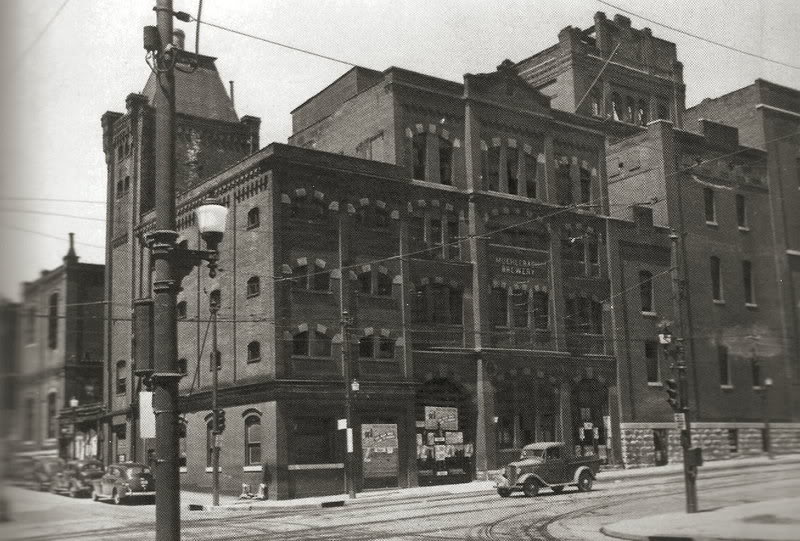
This more thorough biography of George Muehlebach, is a part of the article “A Beer Baron Is Born,” from KC History, at the Kansas City Public Library.
On April 24, 1833, George Muehlebach was born into a farming family in Argau, Switzerland. He went on to operate the Muehlebach Brewing Company; one of the most successful businesses in Kansas City by the early 20th century. Even after his death, the Muehlebach name lived on in Kansas City at the baseball field that eventually became Municipal Stadium and the luxurious Hotel Muehlebach.
At the age of 21, George Muehlebach, along with his three brothers and his sister, left Switzerland and moved to Lafayette, Indiana. The four brothers moved on to Westport, Missouri, where George started a saddle and harness business. He soon left Westport and delved into the overland freight business near Quindaro, Kansas and later searched for gold in Colorado. George finally found his calling, though, in 1869 when he and his brother, John, purchased the Main Street Brewery from George Hierb at 18th and Main Streets in Kansas City, Missouri.
The brewery was located on a sub-43 degree freshwater well that was a perfect source of water for a brewing operation. The Muehlebach brothers started with an annual production capacity of 3,000 barrels a year, but steadily expanded their operations to 3,932 barrels by 1879. Then John died in 1880, which left complete ownership of the brewery to George. He pressed forward and in the same year constructed a new Romanesque-style brick and stone building on the original site. Kansas Citians referred to the new building as the “Beer Castle” and relished the Pilsener beer for which the Muehlebach Brewing Company was known.
Between 1870 and the beginning of national Prohibition in 1920, the brewery held four different names, but remained in the Muehlebach family. By 1899, capacity had increased to 25,000 barrels annually, and the company deployed seven local delivery wagons. The company soon added a brewhouse, a stockhouse, and an engine house to support its operations. Fueled by local demand, even this capacity skyrocketed further to 50,000 barrels in 1907, 80,000 barrels in 1910, and 100,000 barrels in 1911. The Muehlebach brewery was by then the second largest in Kansas City, behind only the Kansas City Breweries Company.
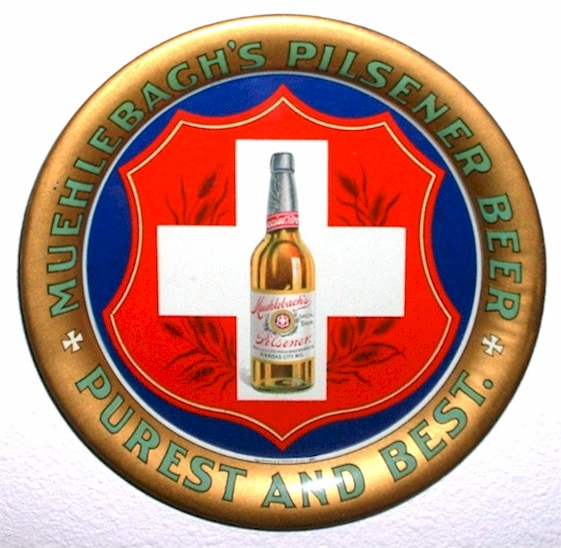
This is his obituary from the 1906 Brewers Journal:



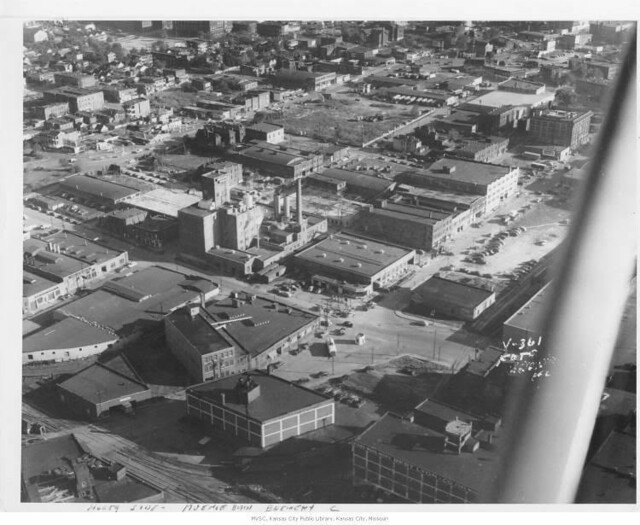
Vintage Kansas City also has several pages of historical information on George Muehlebach, his family, and the brewery, with some background information excerpted from Kansas City Journal-Post of May 6, 1938.

